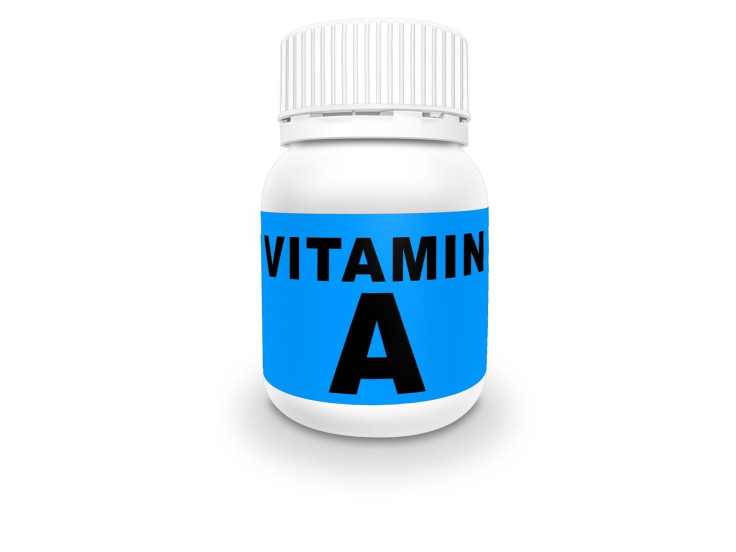Signs That You Are Taking Too Much Vitamin A

Vitamin A is vital for proper vision, healthy skin, immunity, cellular growth, and development. The national institute of health, the recommended daily allowance (RDA) of the vitamin is 900 mcg and 700 mcg per day for men and women, respectively.
When a person’s vitamin A consumption exceeds the RDA value, it could lead to a metabolic disorder called hypervitaminosis A or vitamin A toxicity. It is more common among infants and children.
Hypervitaminosis A can be classified as either acute or chronic. While the former occurs due to accidental ingestion of more than 300,000 IU of vitamin A, the latter is due to prolonged ingestion of more than 100.000 IU on a daily basis.
Vitamin A toxicity, if left untreated, could lead to liver damage, osteoporosis, kidney damage or excessive calcium accumulation in the body.
Doctors diagnose the condition by observing the symptoms after ordering blood tests that check the levels of vitamin A in a person’s body.
The manifestations of vitamin A toxicity depend on the size and rapidity of the excess intake. Excess vitamin A gets accumulated in the liver causing a wide array of symptoms such as:
- Headache
- Drowsiness
- Abdominal pain
- Irritability
- Nausea
- Vomiting
- High intracranial pressure
- Skin irritation
- Pain in joints & bones
- Coma
- Blurry vision
- Poor appetite
- Sensitivity to light
- Cracked fingernails and corners of the mouth
- Mouth ulcers
- Hair loss
- Lung infection
- Confusion
- Jaundice
Among infants and children, the symptoms include softening of the skull bone, double vision, inability to gain weight, bulging eyeballs and bulging of the top of the skull. And among pregnant women, it can cause birth defects in their babies.
“Nutritional needs should be met primarily from food sources. Foods in nutrient-dense forms contain essential vitamins and minerals and also dietary fiber and other naturally occurring substances that may have positive health effects. In some cases, fortified foods and dietary supplements may be useful in providing one or more nutrients that otherwise may be consumed in less-than-recommended amounts,” said the 2015-2020 Dietary Guidelines for Americans.
© Copyright IBTimes 2025. All rights reserved.






















